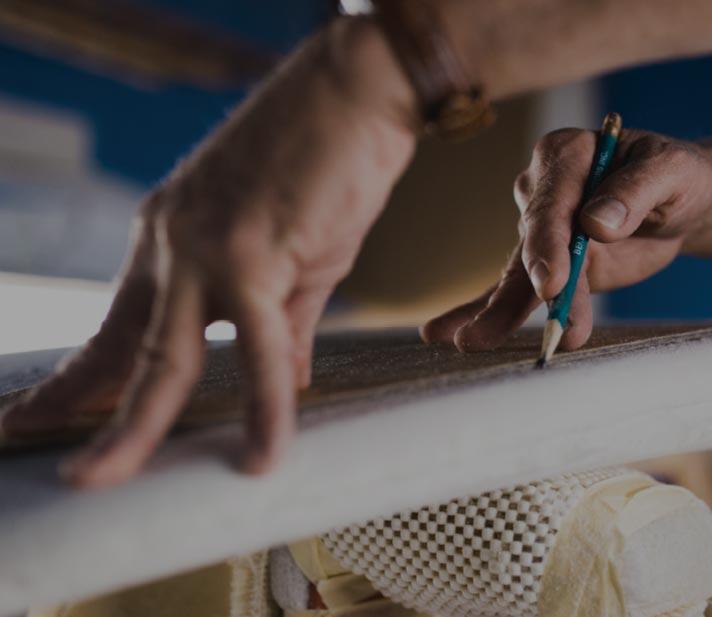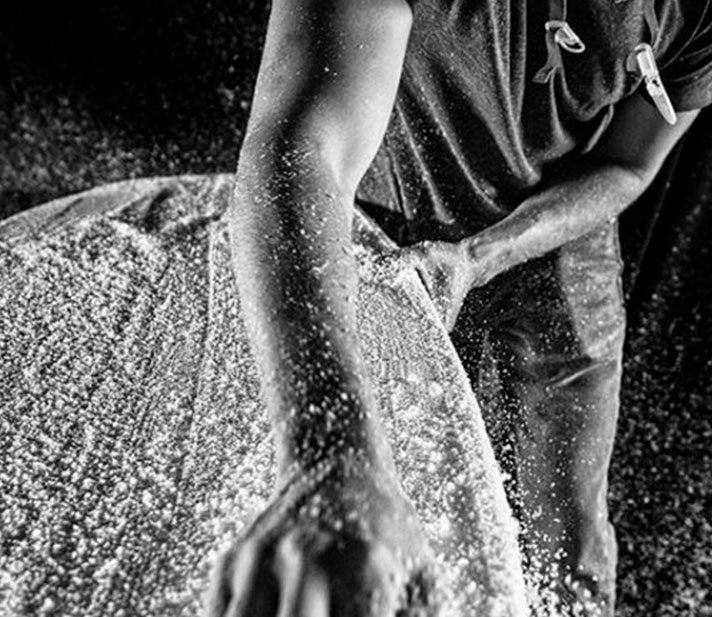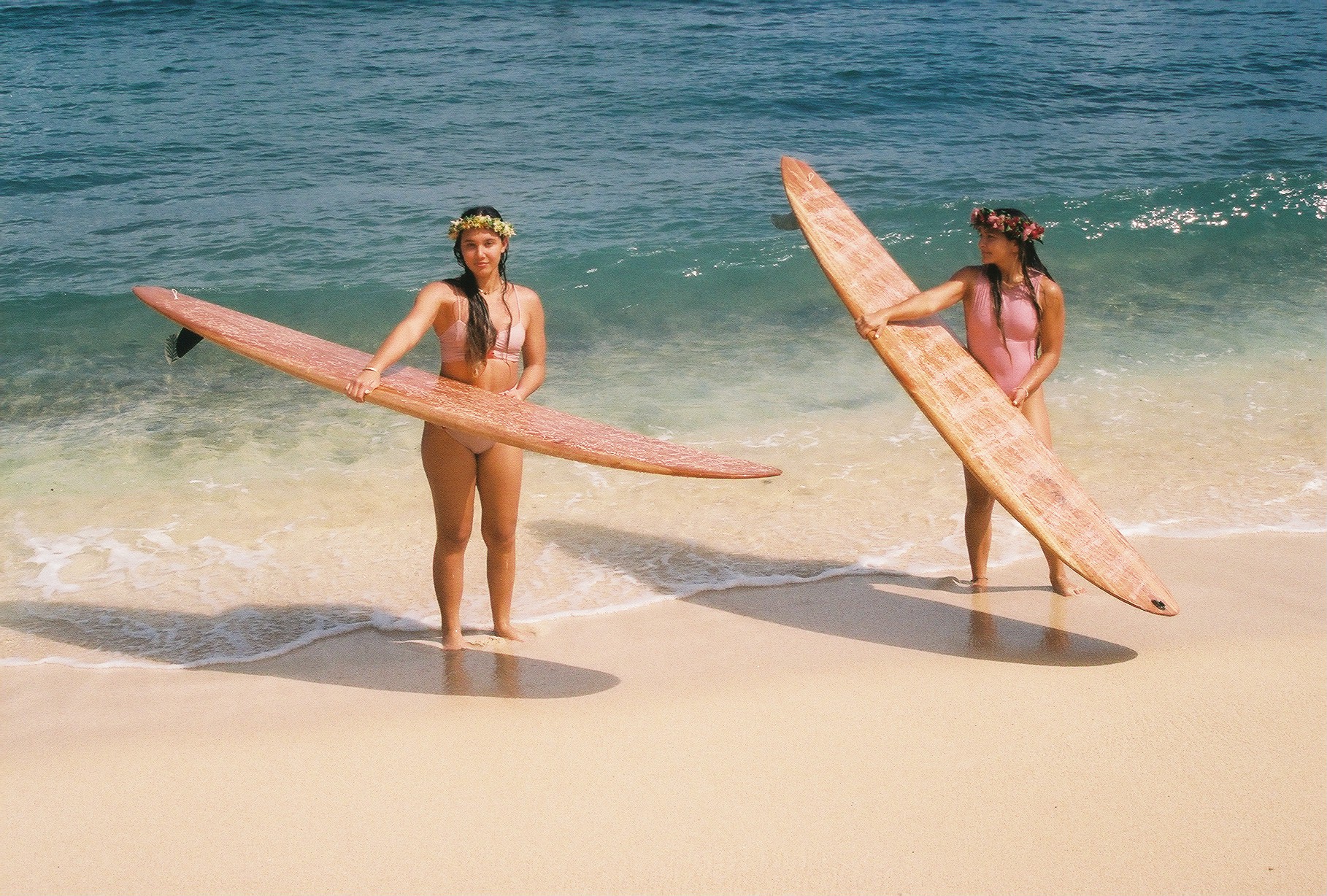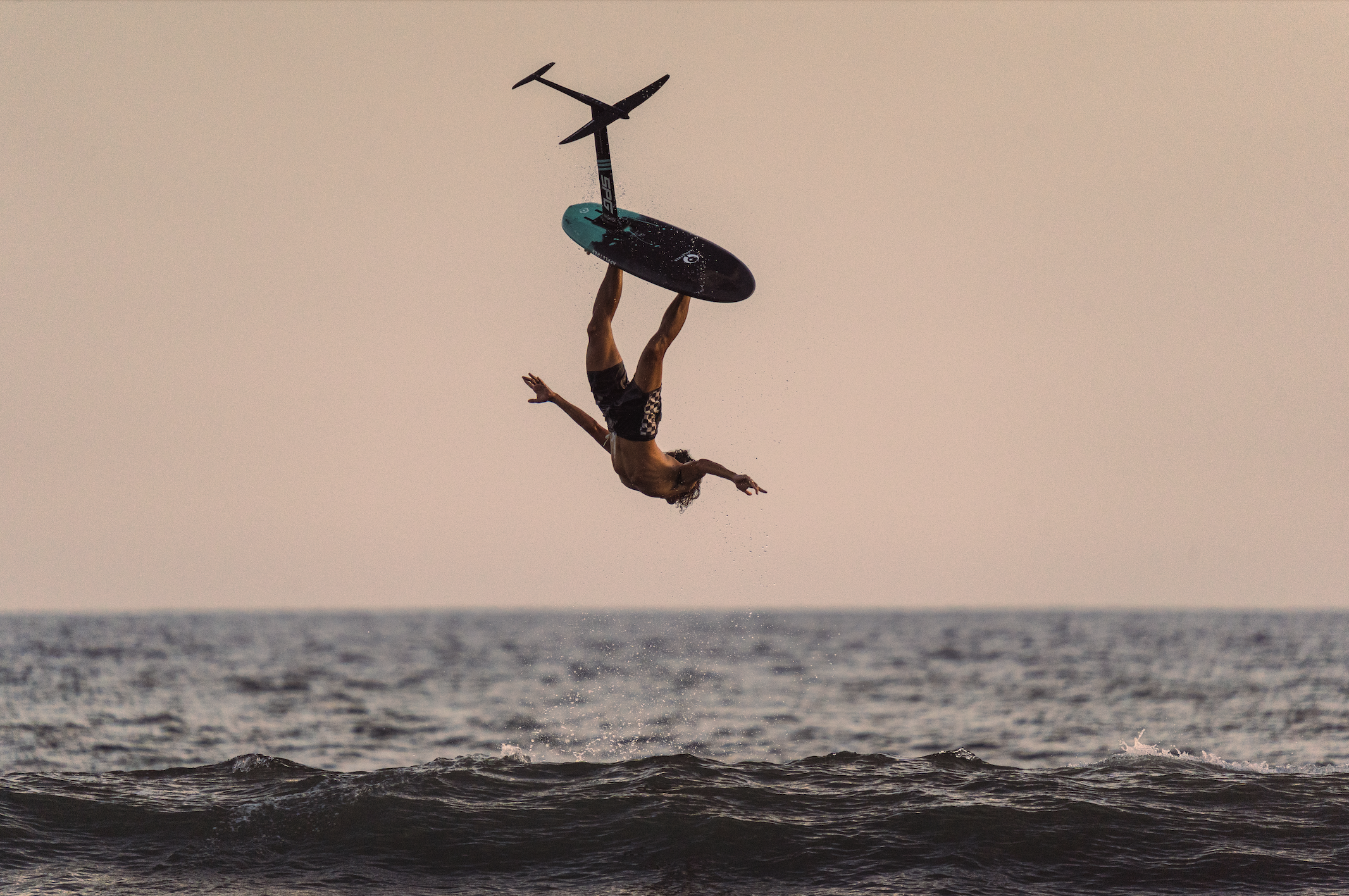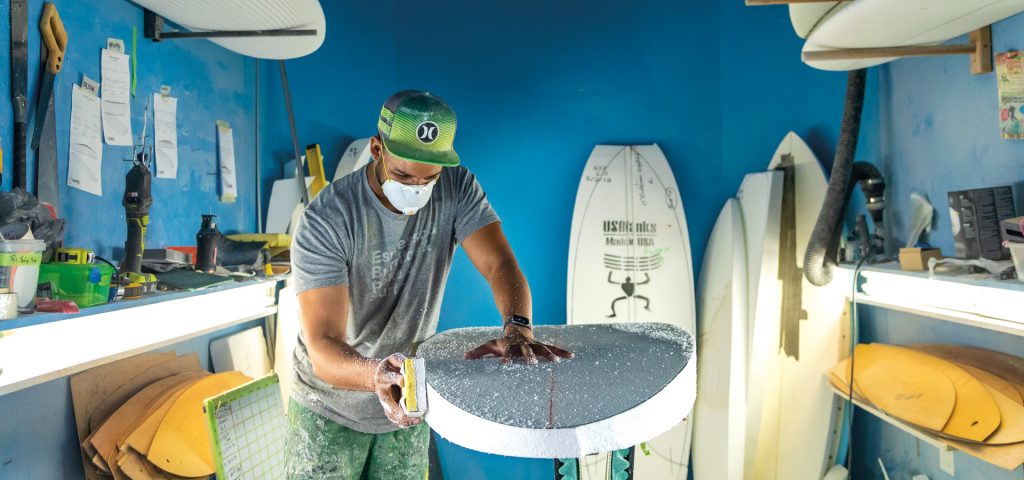With more than 50,000 ECOBOARDs built every year by 250+ approved ECOBOARD builders worldwide, it’s easy to see that the demand for more sustainable surf crafts is growing, and the process of getting started is easier than ever. Receiving an official endorsement from SIMA (the Surf Industry Manufacturers Association) in 2013, the ECOBOARD Project uses science-based and transparent criteria to evaluate the sustainability of the manufacturing materials used.
Sustainable Surf established the ECOBARD project as the first independent 3rd party consumer-facing “eco-label” for boards and leverages their strong media presence to foster communication and sustainability commitments between board builders and their customers.
Build Level 1 Boards
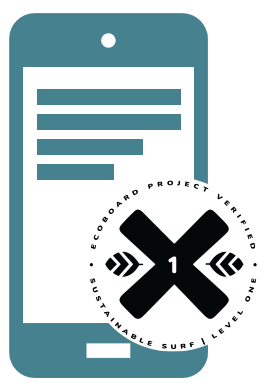
Sign-up On The ECOBOARD Website To Become a Builder
To get started building Level One ECOBOARDS (making Gold Level ECOBOARDS requires some further commitments – see below). We’ll get in touch once we hear from you to complete your unique listing on our site. The more info you give us – the better your listing.
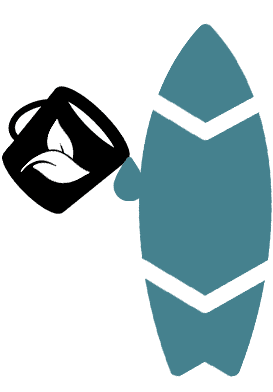
Source Qualified Materials
Make sure the materials you are using are included on our Qualified Materials list. Some examples of ECOBOARD Level One constructions include:
- Qualified resin + any non-qualified core
- Qualified core + any non-qualified resin
- Qualified core + Qualified resin
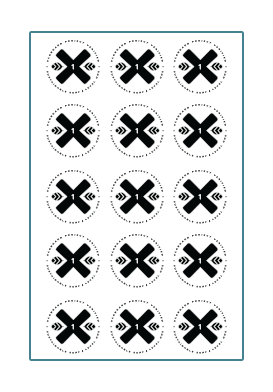
Get Your Certification Logos
We designate a number of ECOBOARD logos for you to use. There’s a minimum $1 (USD) fee per board designated as an ECOBOARD.
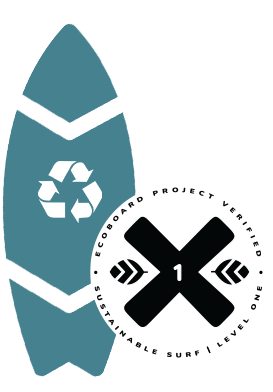
Use Logos On Qualifying Boards
You start applying the ECOBOARD logo on any qualifying boards moving forward.
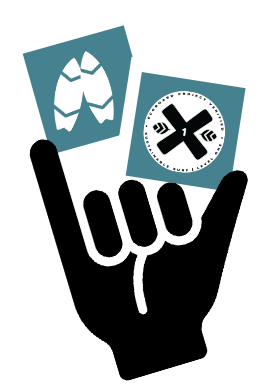
Send Us Pics and Get Noticed
You send us interesting pics and updates so that we can promote your brand online and beyond.
Build Gold Level Boards
For those looking to go above and beyond and drive the progression of more sustainable boards there’s ECOBOARD Gold Level designation. Informed by Sustainable Surf’s ECOBOARD lifecycle study, ECOBOARD Gold Level rewards the top sustainable surfboards and surfboard producers – those with the greatest environmental impact reduction.
In addition to being Approved as an ECOBOARD builder, to receive validation to build Gold Level ECOBOARDS an organization must*:
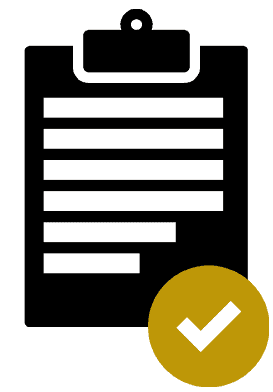
Undergo a “sustainability audit” with Sustainable Surf – identifying key sustainability opportunities. Assessments for smaller organizations will generally involve a telephone interview. Periodic updates should also be completed following the initial audit;

Identify opportunities to:
- Reduce waste in the board building process – generally by developing a strategy with Sustainable Surf’s support.
- Improve energy efficiency and find ways to save energy and/or attempt to use renewable energy and/or carbon offsets.
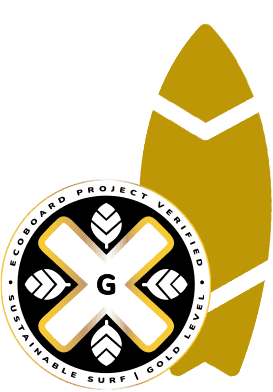
Demonstrate efforts to improve worker health and safety, and minimize exposure to hazardous and carcinogenic chemicals.
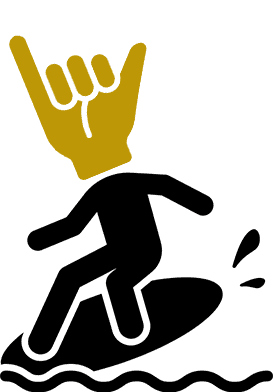
Use Qualified Materials
- One Gold Level designated material and one other Qualified Material of any level (resin and core)
*Note that for large brands, and those using OEM (Original Equipment Manufacturer) production, to become Approved to sell boards carrying the ECOBOARD Level One and Gold Level logo, additional verification is required (see tab below). The program also requires an Annual Program fee for large brands and/or those using OEM production in addition to the minimum $1 (USD) fee per board designated as an ECOBOARD
For more information on how to receive ECOBOARD Gold Level Validation check the ECOBOARD Project Program Guidelines or contact us.
Qualified Materials
The ECOBOARD Project Verifies the use of Qualified Materials in boards against a set of qualifying sustainability criteria. This is the most practical and effective method to ensure that any board bearing the ECOBOARD Gold Label or Level One label: has a measurably reduced carbon footprint, uses renewable, recycled and/or up-cycled material inputs, and uses materials and processes that reduce toxicity during manufacturing.
Sustainable Surf will conduct random sampling of qualified materials. This will likely involve, cured resin/foam samples being requested from surfboard builders, comparative analysis of recycled materials, and requests for supply chain information. Sustainable Surf will discuss costs to cover this sampling process with each brand. These costs will ultimately vary dependent on the material in questions and the number of random audits undertaken.
Sustainable Surf currently qualifies board building materials from the following companies:
Qualified Resins
| Company | Product | Bio-Carbon Content in the fully cured resin* | Level One Qualifying | Gold Level Qualifying |
| Fairpoxy | Fairpoxy Laminating Resin | 27% |
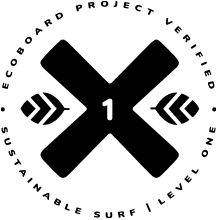 |
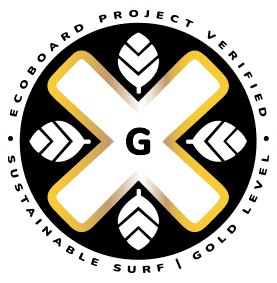 |
| Entropy Resins | Super Sap ONE | 30% |
 |
 |
| Entropy Resins | Super Sap CLR | 29% |
 |
 |
| Entropy Resins | Super Sap BRT | 30% |
 |
 |
| Sicomin | Greenpoxy33 + SD 4999 Hardener |
26% |
 |
 |
| Sicomin | Surf Clear EVO + SD EVO Medium | 29% |
 |
 |
| Sicomin | SR GreenPoxy56 + SD Surf Clear | 35% |
 |
 |
| Sicomin | SR GreenPoxy56 + SD GP 505V2 | 52% |
 |
 |
| Sicomin | GreenPoxy Foaming Resin | 37% |
 |
 |
| Green Room Resin | BCE Resin + any standard Green Room hardener | 19% |
 |
|
| ATL Composites | KINETIX® Eco-X R135 | 26% |
 |
|
| ATL Composites | KINETIX® Eco-X R130 | 20% |
 |
|
| Pro Link Materials | Bio-Link | 20% |
 |
|
| Advanced Resin Systems | Ghost Epoxy |
27% |
 |
|
| Resoltech | 1070 ECO |
31% |
 |
|
| Resin Research | Bio Science 21 |
21% |
 |
|
| QR Polymers | BLUE FIN 20 |
23% |
 |
|
| QR Polymers | BLUE FIN A25 |
29% |
 |
 |
| Nanopoxy | N12 Resin + N085 Hardener, Biobased |
54% |
 |
 |
Qualified Cores
| Company | Product | Bio-Carbon / Recycled / Wood Content | Level One Qualifying | Gold Level Qualifying |
| Polyola | PU EcoBlank | 100% recyclable polyurethane core made from recycled post-industrial polyol + MDI based isocyanate |  |
|
| Govan Projects | PU Bioblank | 48% bio-carbon content 100% biodegradable polyurethane type core with up to 70% of components derived from plants. |
 |
|
| BioBrand Foam | PU Bioblank | 48% bio-carbon content 100% biodegradable polyurethane type core with up to 70% of components derived from plants. |
 |
|
| Grow Blanks | Sisal Agave Blank | 100% organic and biodegradable alternative to traditional surfboard foam. |  |
 |
| Marko Foam | Enviro-Foam | 100% recyclable, tight bead fusion, high performance expanded polystyrene core with 25% recycled content |  |
|
| ECORE | e.CORE 25R | 100% recyclable, high performance expanded polystyrene core with 25% recycled content |  |
|
| Approved ECOBOARD builders | Sustainably grown, reclaimed and/or recycled wood (timber)* | Constituting min 50% of finished core by weight* |  |
|
| Approved ECOBOARD builders | Sustainably grown, reclaimed and/or recycled wood (timber) as the entire/complete structure of a board, requiring little to no resin and/or fibreglass in its manufacture (Such as a traditional alaia made from FSC Certified paulownia)* | Constituting approx. 100% of finished board by weight* |  |
 |
Qualified Criteria
Level One
ECOBOARD Level One makes it easy for any board builder to get started making ECOBOARDS. By using one Qualified Material (core or resin), a board will have a significant reduction in environmental footprint without affecting performance, durability, or quality.
A Qualified Material must meet at least one of the following requirements:
- Plant-based, low to zero VOC resin with at least 19% bio-carbon content in the fully cured resin (the sum of all component parts)
- Core with at least 25% recycled or plant-based content, or wood constituting at least 50% of the core by weight
Further information about getting listed as a Qualified Material can be found in the ECOBOARD Project Program Guidelines.
Gold Level
Informed by Sustainable Surf’s ECOBOARD lifecycle assessment, ECOBOARD Gold Level rewards the top sustainable surfboards and surfboard producers – those with the greatest environmental impact reduction.
To qualify as a material specific to the Gold Level designation, a material must meet the following requirements:
- Has been the subject of a lifecycle assessment (LCA) that has been undertaken by an independent third party LCA practitioner. The LCA should incorporate impact indicators relevant to the ECOBOARD Project’s focus areas – carbon footprint, renewable/recycled/up-cycled inputs and reduced toxicity
- Plant-based, low to zero VOC resin with at least 25% bio-carbon content and has received USDA Bio-Preferred certification for the fully cured resin (the sum of all component parts)
- Core with at least 25% recycled or plant-based content, or wood constituting at least 50% of the core by weight
- Demonstrate that qualifying material inputs are sourced from a sustainably managed supply chain
Wooden boards that require little to no resin and/or fiberglass in their manufacture (e.g. an alaia made from FSC Certified paulownia), produced by manufacturers that have been audited and have met the requirements of the Gold Level designation, also qualify as Gold Level boards.
Further information about getting listed as a Qualified Material specific to the Gold Level designation can be found in the ECOBOARD Project Program Guidelines.
Qualified Materials are currently focused on resins and cores (blanks). Our research shows that these two elements can provide the greatest environmental and worker health benefits. Of course, we encourage all sustainability improvements in boards and are always stoked to hear from people supplying and using new innovations in material sustainability.
Want to know more? Contact us here.
Large Brands and OEM Production
Verification Audit Process
For large brands and those using OEM production to become Approved to sell boards carrying the ECOBOARD Project label, the following must be completed:
1.
A comprehensive audit of the board manufacturing site that is specific to the boards of the brand in question. This will include the review of:
- The use and management of Qualified Materials and lams/logos
- Systems to manage waste and recycling
- Energy use and renewable energy inputs
- Systems to manage worker health and safety
- Systems and processes that the brand has in place to ensure Qualified Materials are used on boards carrying the ECOBOARD Project label
- The brand’s approach to developing artwork for boards and specifying the use of the ECOBOARD Project label
- How the brand markets and communicates the environmental qualities of boards carrying the ECOBOARD Project label
2.
A comprehensive review of the broader sustainability programs that the brand is implementing. This may include:
- Sustainability initiatives for products beyond surfboards (i.e. paddles, fins, board-bags, clothing);
- Activities to manage and mitigate carbon emissions (i.e. procuring renewable energy, involvement in a carbon offset program);
- Support of environmental not for profits;
- Engagement with customers and the community regarding sustainability;
- Take-back and recycling programs for boards at end of life.
The results of the audit are confidential. Each brand will be provided a comprehensive audit report, which includes key results, observations and recommendations. Sustainable Surf will work with each brand to communicate key sustainability-related out-takes via the ECOBOARD Project website and other forums.
This information also allows Sustainable Surf and each brand to manage communications about boards carrying the ECOBOARD Project label.
Use of the ECOBOARD Project logo
The program requires all large brands to pay an Annual Program Fee ($2,500) and a minimum $1 (USD) fee per board designated as an ECOBOARD.
Sustainable Surf will work with each brand to develop a clear strategy for the use of the ECOBOARD Project label on boards. Generally, this will include a gradual ‘roll-out’ specific to the boards and construction methods in question.
Communications regarding the brand’s involvement in the ECOBOARD Project should also be discussed with Sustainable Surf.
Annual Program Fee
In addition to a fee per board designated as an ECOBOARD, large brands are required to pay an Annual Program Fee of $2,500. This contribution helps to fund:
- An annual audit as per the ECOBOARD Project program requirements
- Direct support and consultation from Sustainable Surf relating to surfboard sustainability
- Maintenance of a detailed listing on the ECOBOARD Project site
For more information check the ECOBOARD Project Program Guidelines
Best Practices
Best Practice Guide for Board Builders
This page collects the best practices we have been able to find for more sustainable surfboard production. This includes practices that save money, reduce unnecessary waste, and in general are better for the environment and the people who build boards.
These guidelines are based in large part from the Ecoboard Lifecycle Analysis, that we conducted in 2016. Detailed board building data was collected by Channel Islands Surfboards and Firewire Surfboards, which identified some key areas in which waste and energy use can be reduced. Reducing waste and energy use makes common sense and will reduce the environmental footprint of a board regardless of the materials that are used.
There are six categories of best practices:
- Waste generated during board building
- Energy used to build a board
- Materials used to build a board
- Health and safety of workers that build a board
- Packaging of boards for shipping
- Climate Change impact from building a board

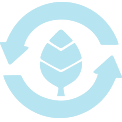
Built with passion

Better materials

Ocean Friendly
The surf community is changing
People want to know that the boards they are purchasing are made with more sustainable materials, by manufacturers that care about their impact on the environment and the people making those boards.
